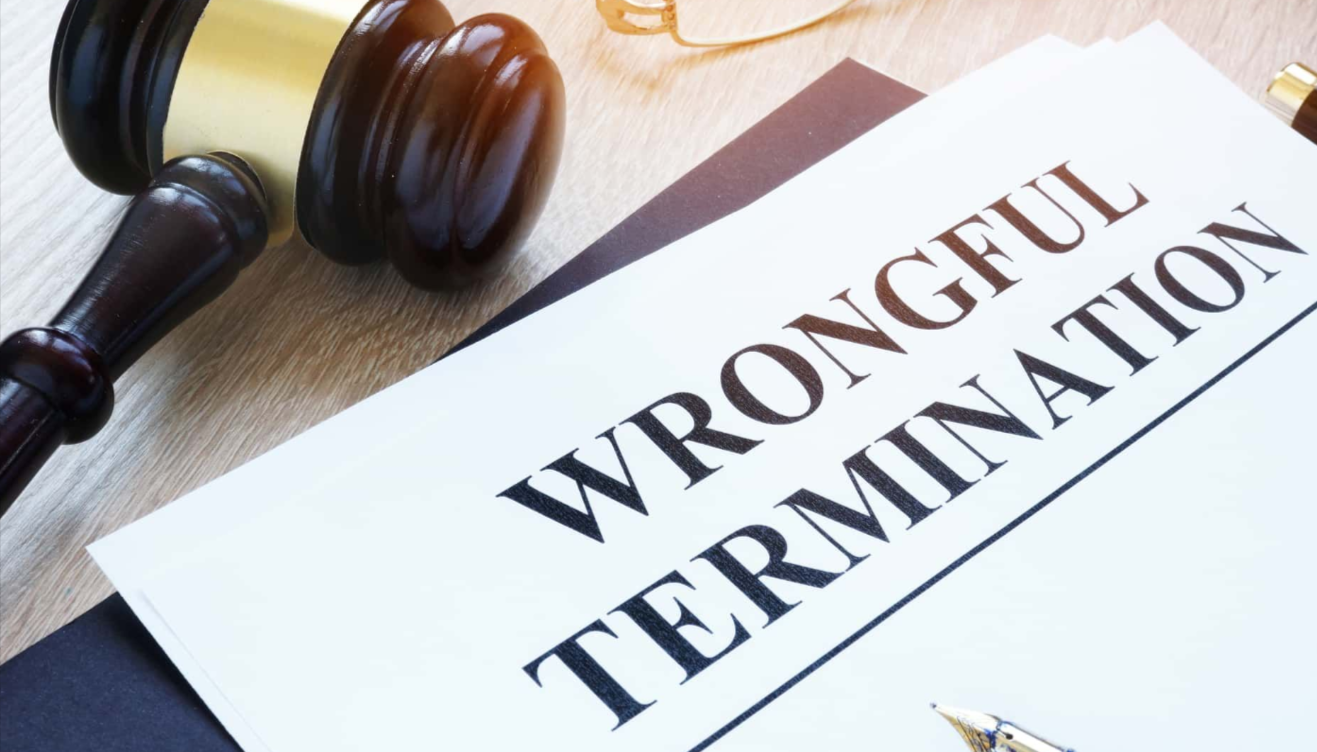You may face a situation where you feel your job ended unfairly. Knowing your rights and understanding wrongful termination is important. Wrongful termination happens when an employer fires someone illegally. This could be due to discrimination, retaliation, or breaches of contract. Each case is unique, and navigating the legal landscape can be challenging. Laws vary by state and understanding them can be daunting. If you believe you were wrongly terminated, it is crucial to seek guidance. A San Antonio wrongful termination lawyer can help you navigate these complex issues. They will take an empathetic approach to assess your situation and provide clear options. Remember, the law is on your side to protect against unjust practices. Make informed decisions, and take steps to protect your rights. Seek help early and take charge of your situation. You deserve fairness and respect in the workplace.
What Constitutes Wrongful Termination?
Wrongful termination occurs when an employer dismisses an employee for unlawful reasons. These reasons often include discrimination based on race, gender, age, religion, or disability. Furthermore, retaliation against an employee for reporting workplace violations is illegal. Breaching an employment contract also constitutes wrongful termination. In some instances, terminations that violate public policy, such as firing someone for taking family leave, can be considered wrongful.
Identifying Common Grounds for Wrongful Termination
Understanding the various grounds for wrongful termination helps in identifying potential cases. Common grounds include:
- Discrimination: Unfair treatment based on personal characteristics protected by law.
- Retaliation: Dismissal as a response to an employee’s complaint or report of misconduct.
- Breach of Contract: Termination that violates the terms agreed upon in a contract.
- Violation of Public Policy: Dismissals that infringe on rights, like taking legally protected leave.
State-by-State Variations
Employment laws vary across states, affecting wrongful termination claims. Some states have more protective laws than others. Understanding these differences is crucial, as they impact the legality of certain terminations. You can learn more about your state’s employment laws by visiting the U.S. Department of Labor’s website.
Steps to Take if You Suspect Wrongful Termination
If you believe you were wrongfully terminated, consider these steps:
- Document Everything: Keep a detailed record of events and communications related to your termination.
- Understand Your Employment Contract: Review any contracts or agreements to identify potential breaches.
- Consult with a Legal Professional: Seek help from an employment lawyer to assess your situation.
- File a Complaint: If advised, file a complaint with the Equal Employment Opportunity Commission (EEOC).
Seeking Legal Assistance
In complex cases, consulting with a legal professional is vital. Lawyers specializing in wrongful termination can provide invaluable guidance. They help assess your case, explore legal options, and represent you in legal proceedings if necessary. Finding the right lawyer ensures you have the expertise needed to handle your situation effectively.
Comparison of Employment Protections by State
| State | At-Will Employment Exceptions |
| California | Public policy, implied contracts, good faith. |
| Texas | Public policy. |
| New York | Public policy, implied contracts. |
Conclusion
Experiencing wrongful termination can be overwhelming. Understanding your rights is crucial. Knowing what constitutes wrongful termination helps in identifying and addressing unlawful dismissals. With varying laws across states, it is important to stay informed and seek legal support when needed. Taking proactive steps ensures you protect your rights and seek redress if wrongfully terminated. For more detailed information, visiting resources such as the Equal Employment Opportunity Commission can be helpful. Ensure fairness and respect in your workplace by staying informed.
